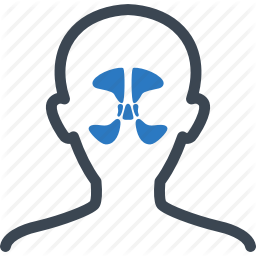
In addition to brain tumors, Neurosurgery of Kalamazoo diagnose and treat a variety of brain and skull related disorders and injuries. We can help relieve intense pain and our practice remains committed to developing and delivering effective treatments.